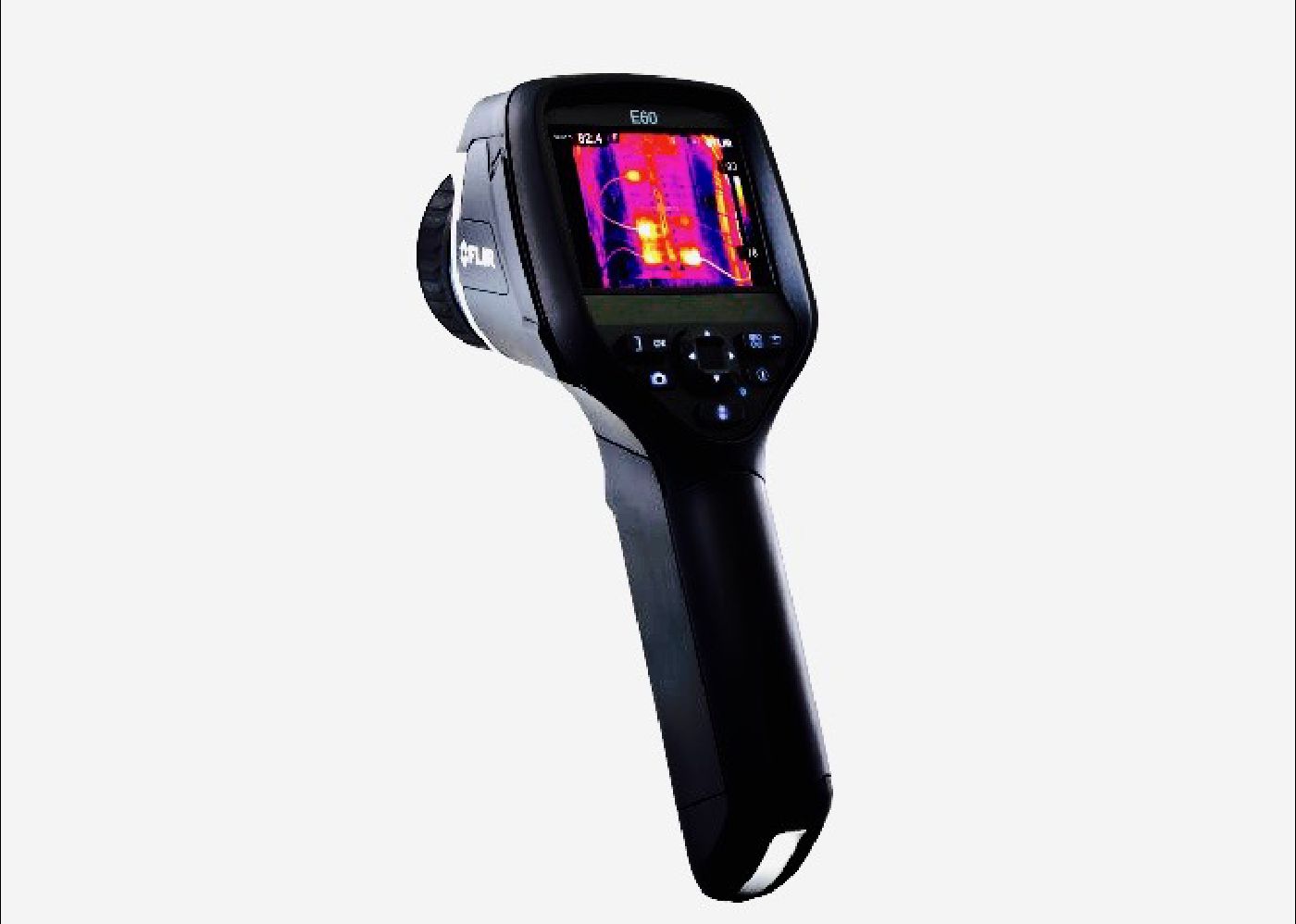Infrared Inspections
Thermal imaging, using an infrared camera. is an amazing and very useful technology. To simplify your understanding, the infrared camera
cannot record any visual images. Instead, it records temperature differences of surfaces. The surface temperature it sees can be passing through the object, radiating directly from the object, or being reflected off the object. Proper training is mandatory to correctly use the infrared camera. It is definitely not a "point & shoot" technology.
There are 3 levels of training for an infrared thermographer, based on ASNT standards. Forest City Electric's thermographer has completed all 3 levels of training.
Need an infrared thermographer?
Please scroll down . . . . .












